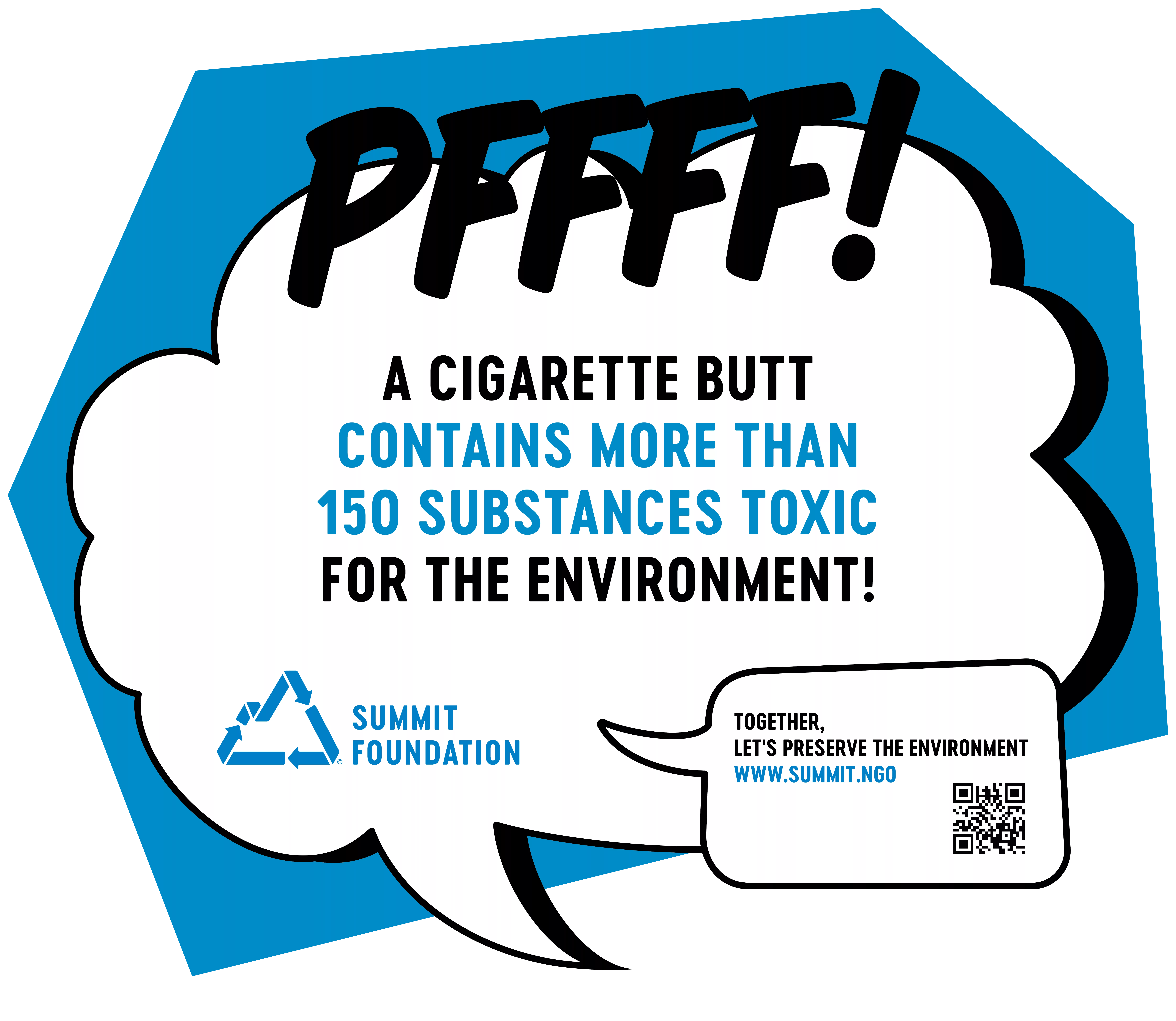


- Every year, 4.5 thousand billion of cigarette butts are thrown into the environment.
- A cigarette butt contains more than 150 toxic substances for the environment.
- A cigarette butt can pollute 1000 litres of water.
Cigarette butts are one of the most common types of litter found in nature. During our Clean-Up, a third of the rubbish collected is cigarette butts. Worldwide 4,5 thousand billion cigarette butts1 that are thrown into the environment! And given their small size, they can be dispersed over thousands of kilometres by wind and water. A cigarette butt thrown into a Swiss mountain can end up in an ocean.
This situation is particularly problematic given the toxicity of cigarette butts. It is estimated that a cigarette butt contains around 5,000 chemical compounds, including more than 150 substances2 which are recognised as toxic for the environment. These include arsenic, nicotine, polycyclic aromatic hydrocarbons (PAHs) and heavy metals. What's more, cigarette filters are mainly made up of cellulose acetate, a synthetic polymer that is not very biodegradable3which can remain in the wild for several years.
These substances pollute soil and water. They fragment under the effect of light, and accumulate in the environment in the form of microplastic, particularly in aquatic environments. Toxic substances are released into the environment on contact with water. A single cigarette butt can contaminate up to 1000 litres of water4 !
This pollution has a negative impact on biodiversity5 especially for aquatic ecosystems. One study has concluded that a cigarette butt can kill half of the small fish living in the water. 1 litre of water.6 What's more, some of the toxic substances are bioaccumulative and can end up in our food.
So what can you do about it? Even if the best solution is not to smoke at all, here are a few tips to prevent cigarette butts from becoming a source of pollution:
Together, let's work towards a clean, cigarette-butt-free mountain.
